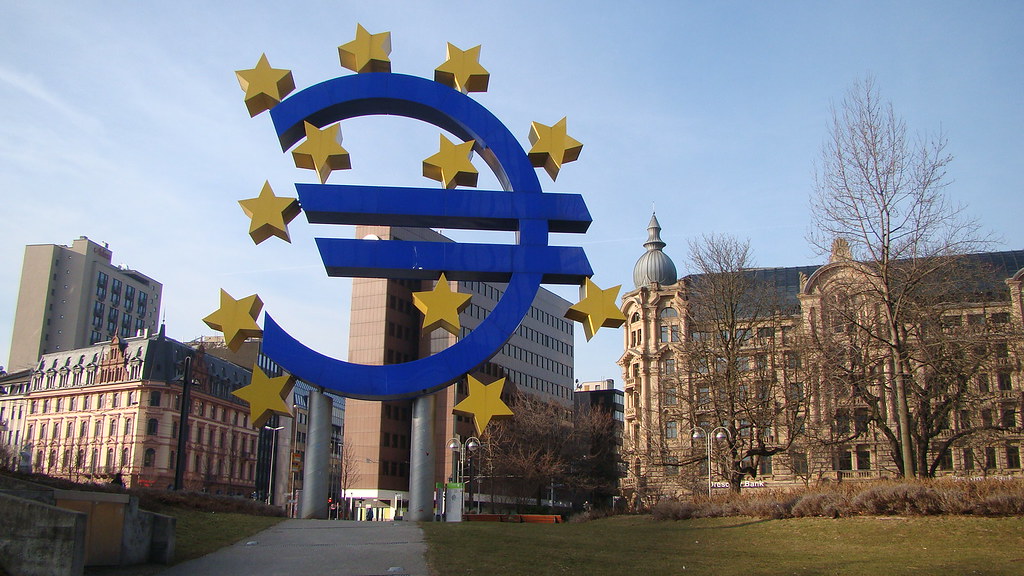
A recent paper published by the European Central Bank (ECB) on October 12, 2024, has sparked controversy by claiming that older Bitcoin holders profit at the expense of newer investors. The paper also argues that Bitcoin, a decentralized and scarce digital asset, should either be regulated to control its price or banned entirely to prevent further price increases. These claims have fueled debate within the crypto community, particularly regarding the economic logic and potential consequences of such regulations.
Older vs. New Bitcoin Holders
The ECB’s paper posits that individuals who acquired Bitcoin early or bought in during market downturns are exploiting newer investors by selling at a profit. The authors suggest that this form of wealth transfer is unfair and should be mitigated through regulation. They argue that Bitcoin’s price appreciation allows early investors to gain at the expense of latecomers, which could lead to civil unrest due to perceived inequality in wealth distribution.
However, this reasoning overlooks a fundamental principle of all financial markets: investors aim to buy low and sell high. This is not unique to Bitcoin but is a characteristic of stocks, real estate, commodities, and nearly every other asset class.
Proposals for Bitcoin Regulation
Building on this premise, the ECB paper proposes that Bitcoin should face strict price controls to prevent what it sees as exploitation. It goes so far as to suggest that non-Bitcoin holders should advocate for legislation aimed at either capping Bitcoin prices or outright banning the asset. The authors believe that controlling Bitcoin’s price would prevent this perceived wealth disparity and avert societal instability caused by financial inequality.
Their conclusion states:
“In any case, current non-holders should realize that they have compelling reasons to oppose Bitcoin and advocate for legislation against it, aiming to prevent Bitcoin prices from rising or to see Bitcoin disappear altogether.”
One of the more contentious claims in the ECB paper is the assertion that Bitcoin is rarely used as a payment method. The authors reference an earlier study that inaccurately labeled Bitcoin as the preferred currency for criminals. However, this claim is contradicted by a May 2024 report from the U.S. Treasury Department, which confirmed that fiat currency, particularly cash, remains the dominant method for illicit transactions.
Moreover, the paper omits any discussion of why Bitcoin’s price has increased so significantly since its creation in 2009. The paper also fails to acknowledge the vision of Bitcoin’s pseudonymous creator, Satoshi Nakamoto, who designed the asset to serve as both a decentralized payment system and a store of value. Bitcoin’s limited supply—capped at 21 million coins—was intended to hedge against the inflationary pressures commonly seen in traditional fiat currencies.
Contradictory Arguments on Bitcoin’s Value
The ECB paper’s claims contain several contradictions. The authors suggest that Bitcoin lacks any intrinsic real-world value, yet they argue that it could grow to such an extent that it might destabilize societies. This contradictory reasoning neglects the inflationary pressures placed on fiat currencies by governments and central banks, which are often seen as a primary driver of Bitcoin’s price appreciation.
For instance, rampant monetary inflation imposed by central banks has led to unprecedented levels of public debt. According to Statista, the United Kingdom’s public sector debt reached approximately 98% of its gross domestic product (GDP) for the 2023-2024 fiscal year—the highest level since the 1960s. This fiscal irresponsibility is a central reason why Bitcoin has gained popularity as a store of value.
The ECB paper does not address how traditional monetary policies, especially quantitative easing and aggressive fiscal stimulus, have contributed to Bitcoin’s popularity. In the U.S., the M2 money supply has surged by 41% since 2020 due to large-scale fiscal stimulus, exacerbating the country’s $35 trillion national debt. This increased money supply has led to a significant loss in consumer purchasing power, driving more individuals toward assets like Bitcoin, which are immune to inflationary pressures.
In fact, Satoshi Nakamoto famously embedded a reference to this very issue in Bitcoin’s first block, known as the Genesis Block. This block contains a message from the front page of The London Times dated January 3, 2009, highlighting the bailout of banks by the U.K. government—a nod to the financial instability caused by central banking policies.
| Key Factor | Impact on Bitcoin’s Rise |
|---|---|
| Limited Supply (21 million cap) | Hedge against fiat inflation |
| Government Debt | Loss of trust in fiat systems |
| Central Bank Monetary Policy | Encourages alternative stores of value |
| Increased Fiscal Stimulus | Decreases purchasing power |
The ECB paper’s argument that older Bitcoin holders exploit newer investors may oversimplify the dynamics of financial markets. While early investors inevitably benefit from rising asset prices, this is true of any investment, not just Bitcoin. The paper’s broader suggestions of regulating Bitcoin’s price or banning it altogether to prevent societal instability are also controversial, especially given Bitcoin’s intended role as a decentralized store of value.
The rise of Bitcoin is a response to traditional financial systems’ shortcomings, especially as fiat currencies lose value due to inflation and fiscal irresponsibility. Whether or not Bitcoin will ultimately face strict regulation remains to be seen, but it is clear that its decentralized nature and fixed supply provide a unique alternative to traditional forms of money.
Featured image credit: VasenkaPhotography via Flickr
Follow us for more breaking news on DMR
